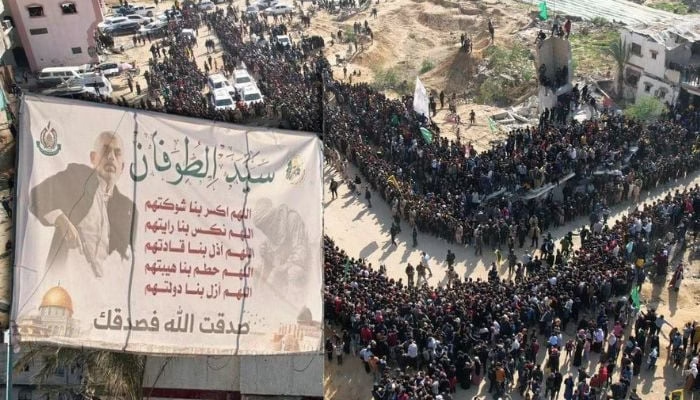Diplomatic efforts intensified on Monday, August 5, to prevent a broader conflict between Iran and Israel following high-profile assassinations that have heightened regional tensions. Both governments have engaged in fierce rhetoric as the situation continues to escalate.
Key Developments:
- Assassinations and Reactions:
- Hamas Leader Killed: Ismail Haniyeh, a senior Hamas leader, was killed in Tehran, an act blamed on Israel. This has prompted Iran to assert its right to retaliate.
- Hezbollah Leader Killed: Fuad Shukr, Hezbollah’s military chief, was killed in an Israeli strike on Beirut.
- International Responses:
- US Secretary of State Antony Blinken: Warned of potential joint retaliatory attacks by Hezbollah and Iran within 24 to 48 hours. He has urged diplomatic pressure on all parties to exercise restraint.
- Turkey and Western Nations: Called on citizens to leave Lebanon, with airlines suspending or limiting flights to the region.
- UN and G7 Calls for De-Escalation: The UN’s Volker Turk and Italy’s Foreign Minister Antonio Tajani have called for dialogue and moderation.
- Military and Diplomatic Movements:
- Hezbollah-Israel Clashes: Continued exchanges of fire have resulted in casualties on both sides. Hezbollah has targeted Israeli military sites with drones, while cross-border clashes have killed civilians and fighters in Lebanon and Israel.
- US Military Presence: The US is deploying additional warships and fighter jets to the region. President Joe Biden is meeting with his national security team to discuss the situation.
- Humanitarian Impact:
- Casualties: The conflict has resulted in significant casualties, with over 39,000 deaths in Gaza and around 550 in Lebanon. Both sides continue to suffer from the ongoing violence.
The situation remains volatile with the potential for further escalation. Diplomatic efforts and international pressure are crucial to prevent a wider conflict and address the humanitarian impact.



